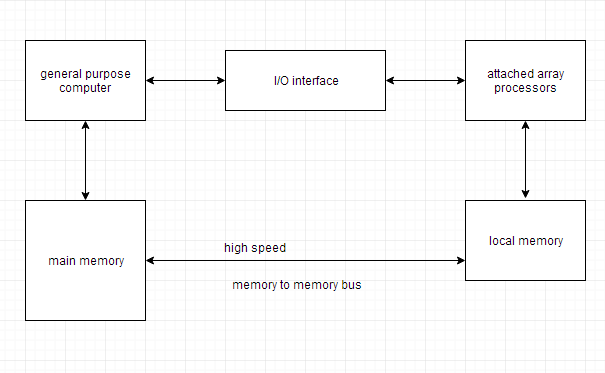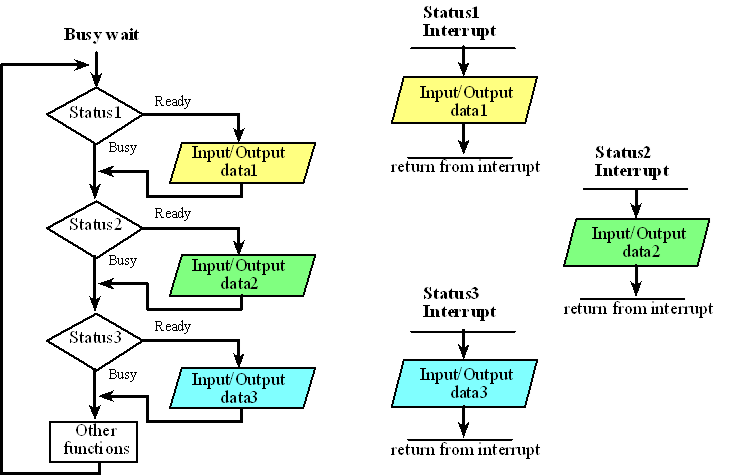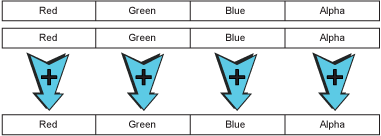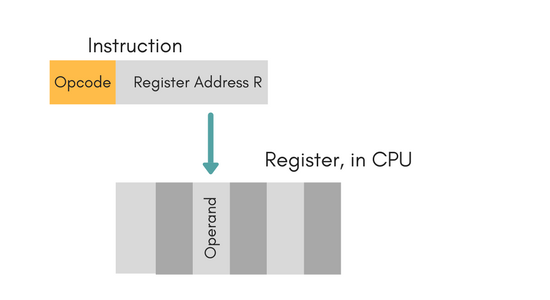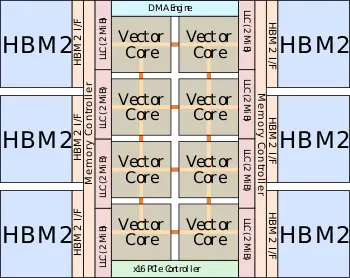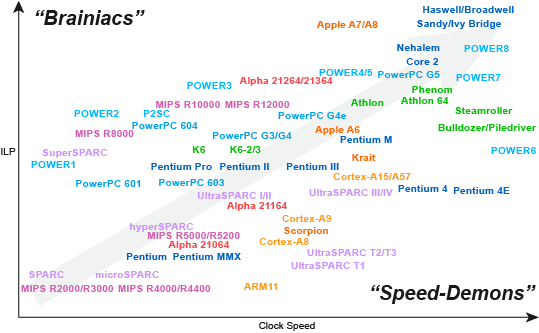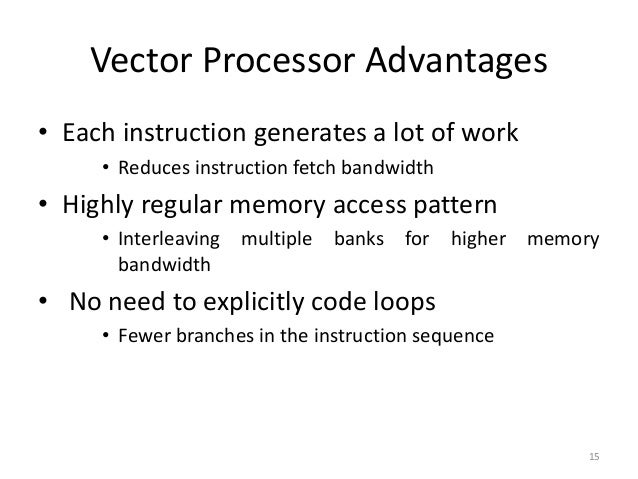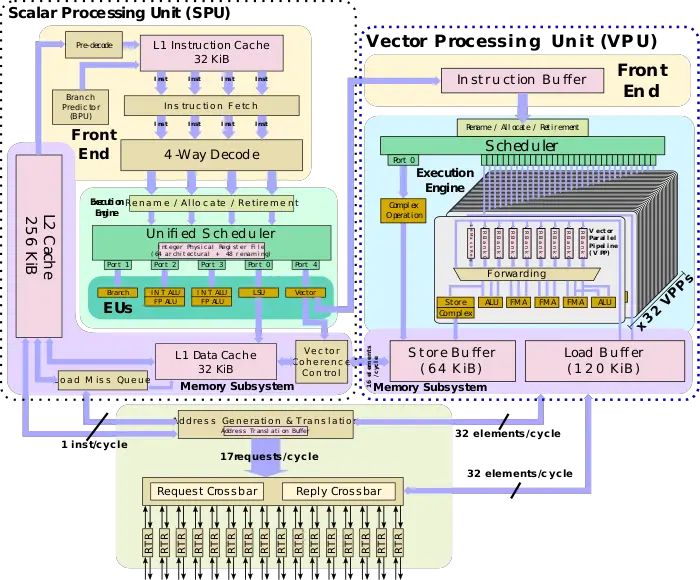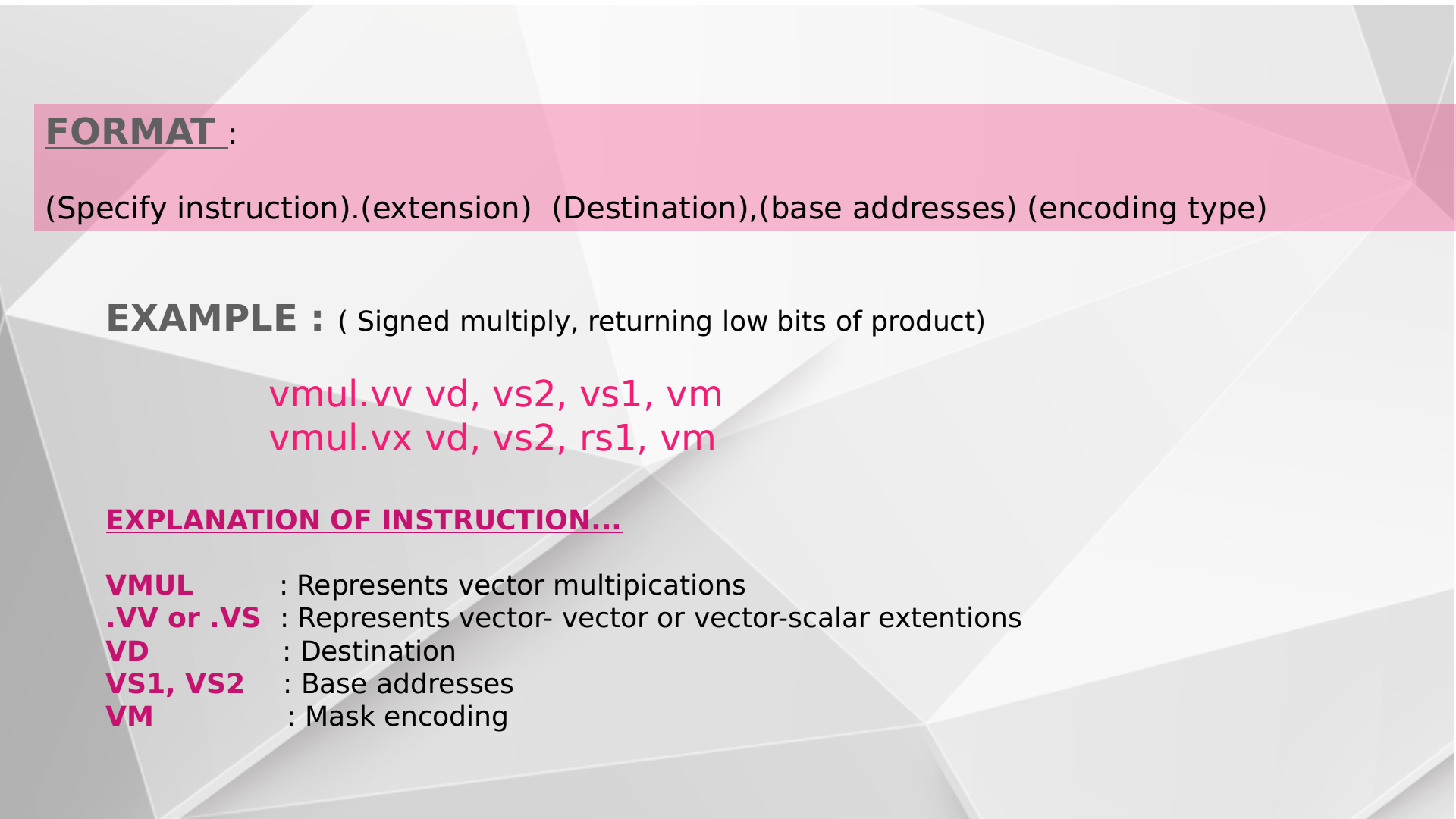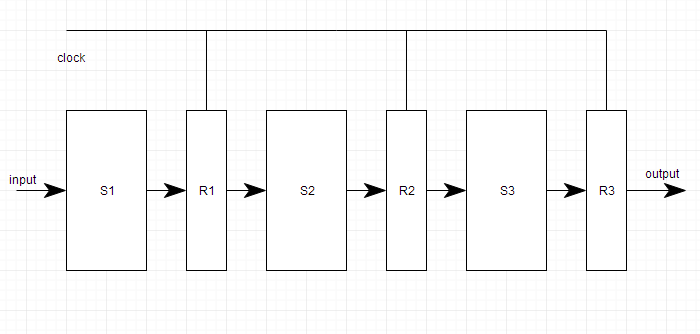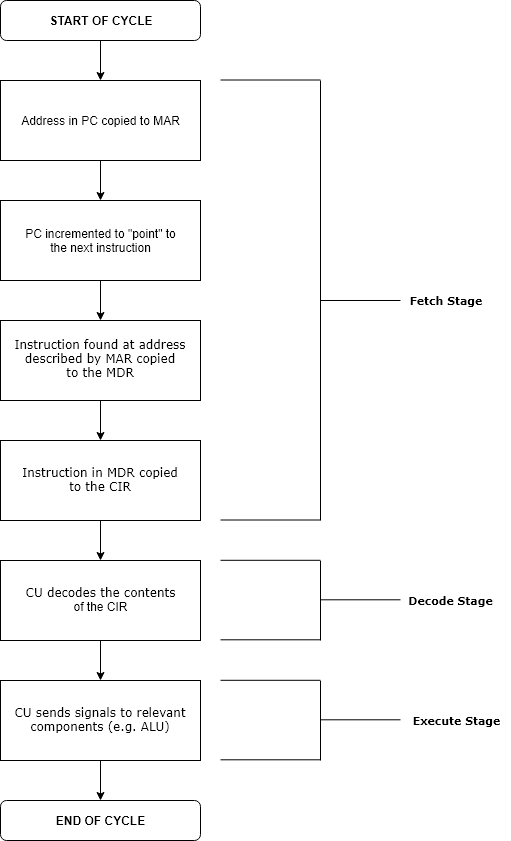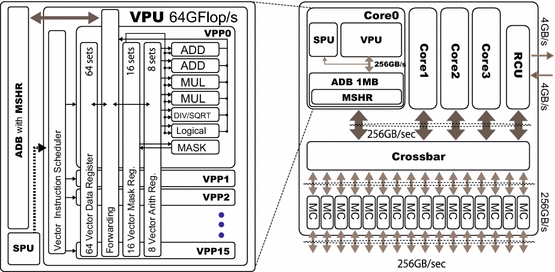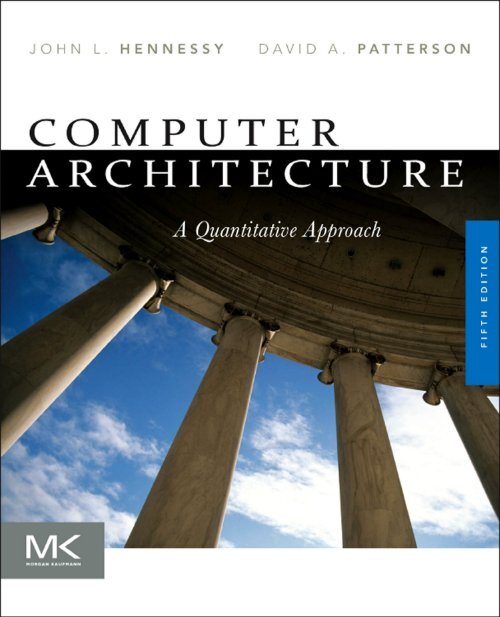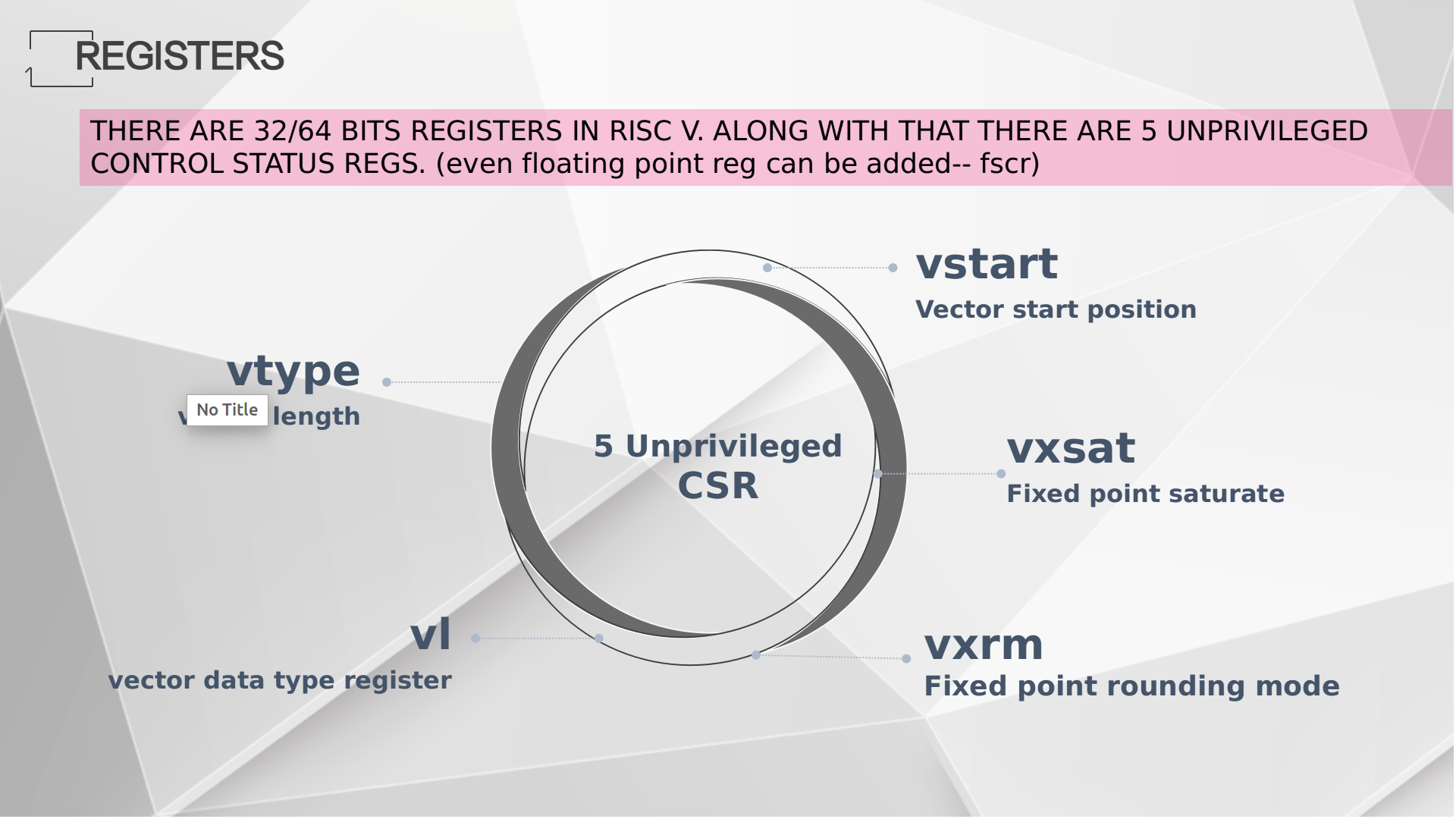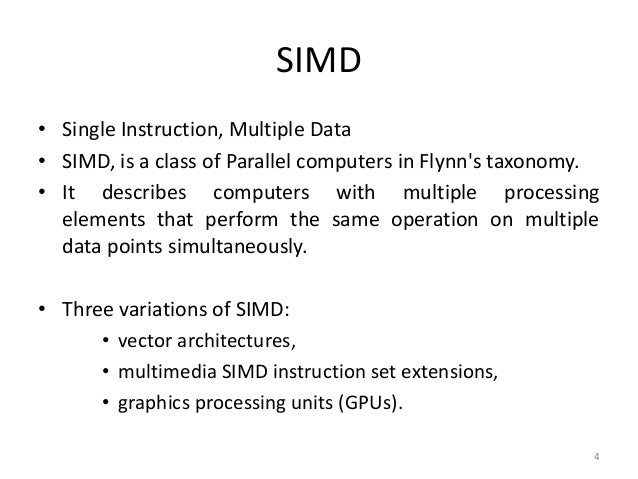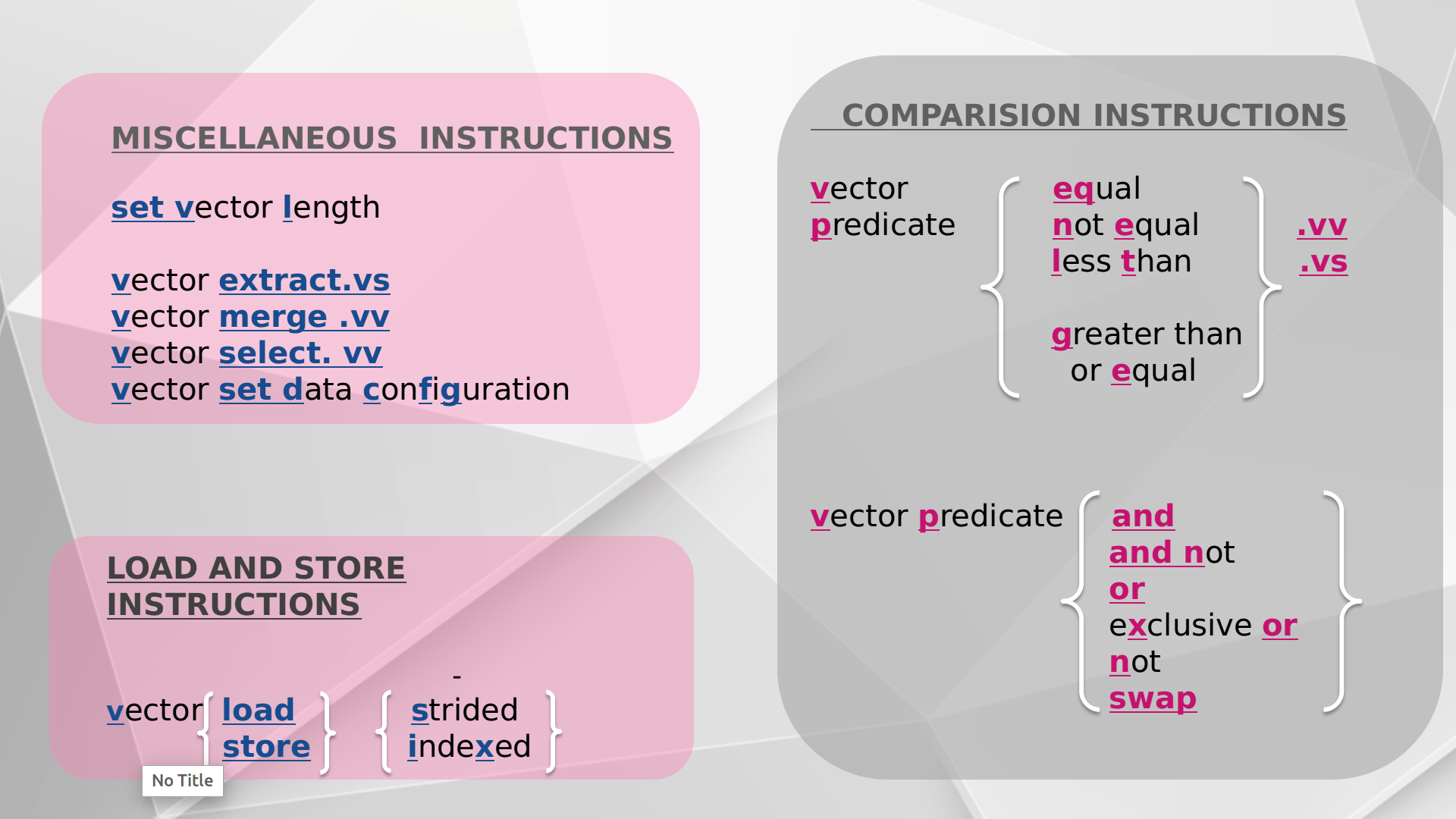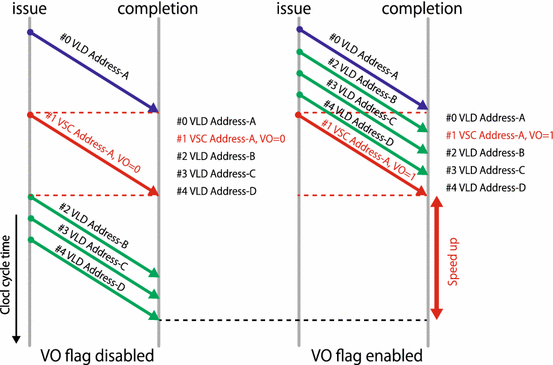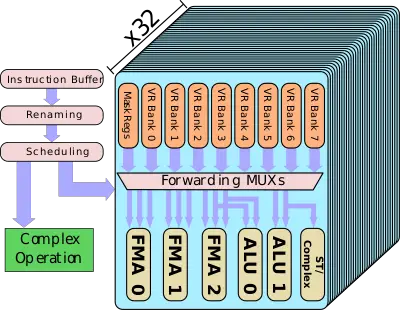Five Types Of Vector Instructions In Computer Architecture
Here v is representing the vector operands and s represents the scalar operands.
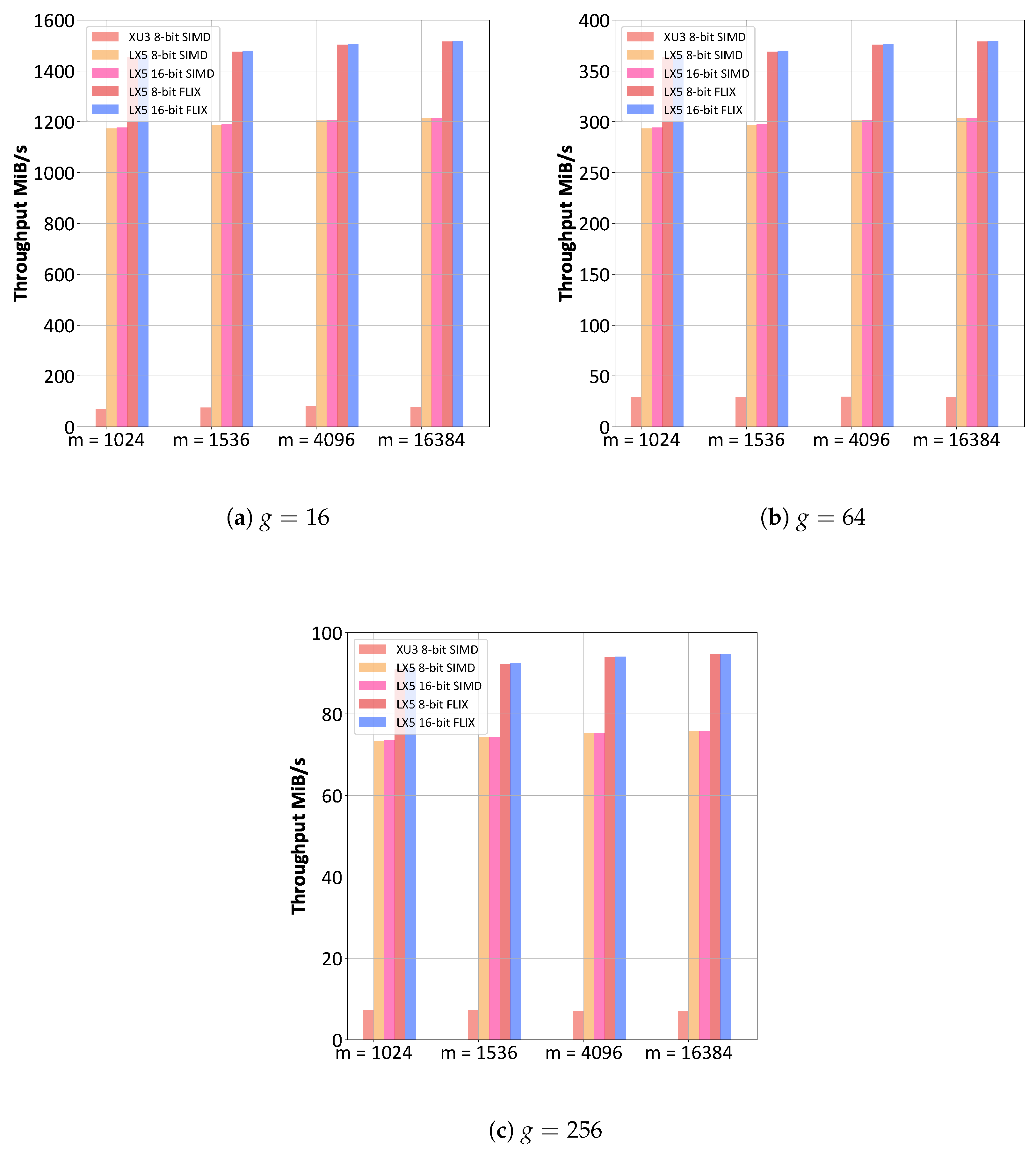
Five types of vector instructions in computer architecture. V v f2. All elements in a vector are same type scalar quantities which may be a floating point number an integer a logical value or a character. Skip navigation sign in. Gatherscatter operations often implemented in hardware to handle sparse matrices.
On the other hand operations f3 and f4 are binary operations such as vector add vector multiply vector scalar adds and so on. Indexed load instruction gather lv vd rd load indices in d vector lvi vc rc vd load indirect from rc base lv vb rb load b vector addvd vavbvc do add sv va ra store result. There are also eight 64 element vector registers and all the functional units are vector functional units. Four primitive types of vector instructions are.
The operations f1 and f2 are unary operations such as vector square root vector sine vector complement vector summation and so on. Each element of the vector operand is a scalar quantity which can either be an integer floating point number logical value or a character. This chapter defines special vector instructions for both arithmetic and memory accesses. V s f3.
V x s v. Where v and s denotes a vector operand and a scalar operand respectively. Figure 42 the basic structure of a vector architecture vmips. Computer architecture vector processor introduction duration.


